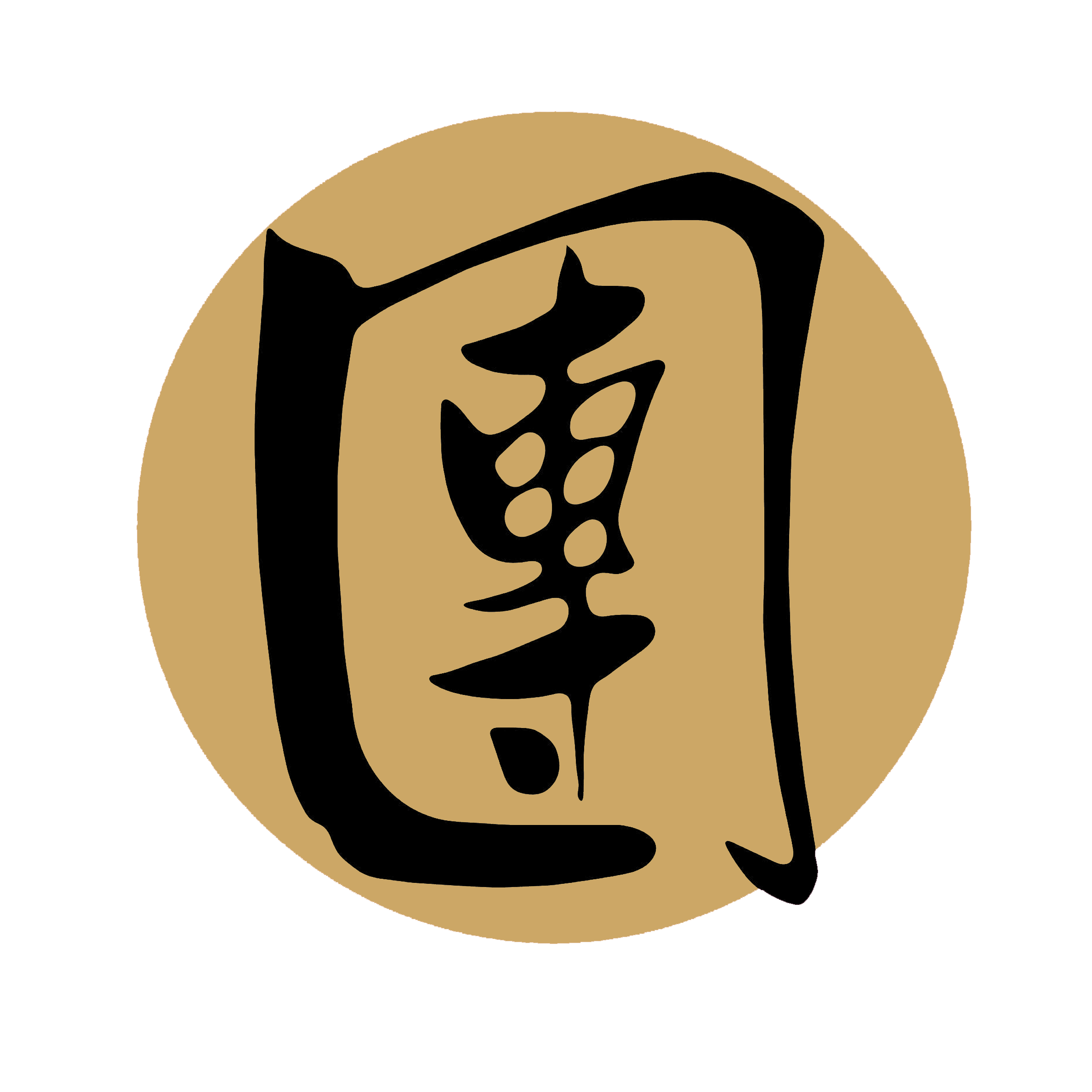27. Fu-jau sot-sau: Choy Li Fut Kung Fu Technique
Fu-jau sot-sau, also known as Tiger Claw Style Flicking Hand, is a unique and versatile technique found in various Chinese martial arts styles. Building upon the foundation of the Fu-jau (Tiger Claw) technique, Fu-jau sot-sau adds a dynamic flicking motion to create an effective and unpredictable offensive maneuver. In this article, we will delve into the origins, execution, and applications of Fu-jau sot-sau in martial arts practice. Origins and Characteristics: Fu-jau sot-sau is believed to have originated from the southern Chinese martial arts systems, particularly those influenced by the Southern Shaolin Temple. It is a specialized technique that harnesses the power and agility of the tiger, further enhancing the effectiveness of the Tiger Claw technique. The flicking motion in Fu-jau sot-sau adds speed, precision, and surprise to the execution, making it a valuable asset in combat scenarios. Execution and Technique: Fu-jau sot-sau involves a quick flicking motion of the fingers, directed towards specific targets on the opponent's body. The hand forms a Tiger Claw with the fingers slightly bent, and the practitioner uses a snapping or flicking motion to strike or rake across the target area. The flicking action generates additional power and speed, maximizing the impact and minimizing the opponent's ability to defend against the attack. Applications and Adaptability: The versatility of Fu-jau sot-sau allows it to be utilized in various combat situations. It can be used as a standalone strike, targeting vital areas such as the eyes, throat, or pressure points. The flicking motion enhances the piercing and cutting effect of the Tiger Claw, increasing the likelihood of inflicting pain or injury on the opponent. Fu-jau sot-sau is not limited to empty-handed techniques; it can also be applied to weapon techniques. For instance, when using a Tiger Fork or Tiger Hook Swords, the flicking motion of Fu-jau sot-sau can enhance the slashing or hooking actions of the weapon, adding versatility and unpredictability to the attacks. Training and Development: To develop proficiency in Fu-jau sot-sau, consistent training and conditioning are essential. Practitioners focus on refining their finger strength, dexterity, and speed to execute the flicking motion with precision and efficiency. Regular practice includes exercises such as finger flicking drills, target striking, and coordination training to develop the necessary attributes for effective application. Moreover, training in Fu-jau sot-sau emphasizes the integration of body mechanics, breath control, and mental focus. The practitioner must synchronize their movements with proper footwork and body alignment to generate maximum power and maintain balance during the execution of the technique. This holistic approach to training aligns with the principles of traditional Chinese martial arts, where physical techniques are interconnected with internal cultivation. Conclusion: Fu-jau sot-sau, the Tiger Claw Style Flicking Hand, exemplifies the ingenuity and adaptability of Chinese martial arts. With its dynamic flicking motion, it enhances the effectiveness of the Tiger Claw technique, adding speed, surprise, and versatility to offensive maneuvers. Through dedicated training and practice, practitioners of Fu-jau sot-sau can harness the power and agility of the tiger, cultivating their skills, and deepening their understanding of martial arts philosophy.

